ERISA Disability
Like many other employee benefits, ERISA disability law is designed to protect employees who have paid for or been promised these benefits through their employer. These benefits include:
This is an Advertisement
Like many other employee benefits, ERISA disability law is designed to protect employees who have paid for or been promised these benefits through their employer. These benefits include:
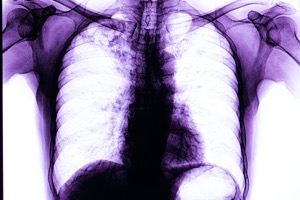
There are many different types of chronic lung disease that vary in severity, be that as it may, one thing is certain: the number of individuals impacted by lung disease is rapidly increasing in the United States. An early analysis can help begin treatment and keep the disease from advancing rapidly.
When you breathe, your lungs intake oxygen from the air and distribute it to the bloodstream. Your body needs oxygen for your cells to work and grow. On a normal day, an average person breathes nearly 25,000 times. Many with chronic lung disease have difficulty breathing. If all types of lung disease were lumped together, it would be the third leading killer in the United States.
Types of Chronic Lung Disease
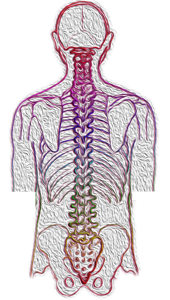
Scoliosis is an abnormal curve in the spine. Normally, it causes the spine to bend into a “C” or “S” shape. Depending on the person, scoliosis can be harmless to severely debilitating. In some cases of scoliosis, patients are unable to breathe, suffer from chronic back pain, and can suffer from spine or nerve damage from spinal surgery or uncorrected scoliosis. Treatments can range from a regular doctor appointment to surgery that inserts metal poles in your spine to strengthen it.
Physical Activity and Scoliosis
Because of the curvature of the spine, a person who has scoliosis can experience some hardships when exerting themselves. Both men and women experience some difficulty when exercising and women experience some form of pain when standing or sitting for long periods of time. After surgery, a majority of patients reported a significant improvement in their ability to exert themselves.

It is reported that around 12% of the population suffers from migraines. The International Headache Society defines chronic migraines as experiencing fifteen headache days per month, and eight or more of those days being migrainous, in absence of medication. If an individual experiences less than 15 headache days per month, they are diagnosed with (low or high) frequency episodic migraines. If an individual suffers from fifteen or more, they are diagnosed with chronic migraines. Migraine attacks can increase in frequency over time transitioning a diagnosis of episodic migraines into chronic migraines.
When diagnosing patients with episodic or chronic migraines, it is extremely important to know the exact number of days per month that a person experiences a headache of any kind. Most doctors suggest carrying a “headache diary” to record the level of pain, duration, and other information surrounding their experienced headache. Typically, when patients are asked how many headaches they experience they only report the most severe headaches. By only reporting the most severe headaches, they may give a false impression of their true headache trouble and a diagnosis for chronic headaches may be overlooked.
Individuals that suspect they have chronic migraines should be diligently assessed by their physician to exclude all other potential causes of frequent headaches such as secondary headaches. Secondary headaches are headaches caused by an underlying condition or disease.
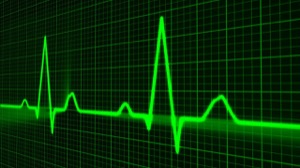
Diastolic heart failure is when the lower left chamber of the heart (left ventricle) is not able to properly fill with blood during the diastolic phase, reducing the total amount of blood pumped out into the body. The diastolic phase is when the heart relaxes and fills with blood.
When the left ventricle muscle becomes stiff or thick, diastolic heart failure is more likely to occur. The heart must increase the pressure produced inside the ventricle to fill it. This increase in pressure causes blood to build up inside the left atrium, and then in the lungs, which causes fluid congestion and symptoms of heart failure. This type of heart failure can be fatal in some cases.
As we age, our hearts and blood vessels become less elastic and stiffen. Diastolic heart failure is more common as individuals age. However, high blood pressure, diabetes, coronary artery disease, and obesity can contribute to the development of diastolic heart failure.

Blindness can occur for a multitude of reasons. Diabetes can cause blindness through a few conditions. Diabetes blindness causes thousands to lose their eye-sight every year. Diabetes interferes with the blood supplied to the eye, which can cause severe damage to the retina. This strain to the eye can cause loss of vision up to blindness.
Diabetic Eye Diseases
Diabetes is a disease that effects the way a person’s body regulates the blood glucose (sugar). The main hormone used by the body to regulate glucose is insulin, a diabetic’s body does not make enough insulin or can not process the insulin produced by the pancreas. Diabetes can affect a person in many different ways, including a decrease in vision. There a few diseases that can cause diabetes blindness:

Brittle Diabetes is a type of diabetes that is characterized by wide swings in blood glucose levels causing hyperglycemia or hypoglycemia. This type of diabetes is very difficult to control even if the patient follows their prescribed treatment. Brittle diabetes tends to occur when insulin levels fall to zero. Since there is not enough natural insulin to help with the swings in blood glucose.
This type of diabetes often limits patients to light work and work that does not expose them to the extreme environmental conditions such extreme heat or cold. If a patient’s blood glucose level is already unstable, they may have fluctuating symptoms. Because of this, medium and heavy work would probably be unsustainable.
Brittle Diabetes Signs
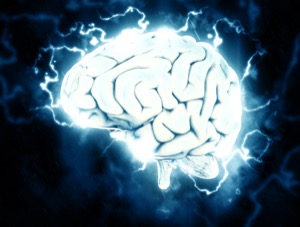
Stroke is one of the leading causes of disability in the United States and is the fourth leading cause of death. Strokes are caused by a disruption in blood flow in the brain that affects the central nervous system. An ischemic stroke occurs when a blood clot obstructs blood flow to the brain. A hemorrhagic stroke occurs when a blood vessel ruptures within the brain causing bleeding that disrupts the central nervous system. Another common causes, a ruptured aneurysm, which is a weakened cerebral artery that bursts.
A stroke, or other related event, usually strikes suddenly, with the first sign of a stroke being the stroke. Individuals can be suddenly disabled and in need of long term disability benefits, sometimes permanent disability. If caught early enough, depending on its severity, there is a good chance for the stroke victim to completely recover. However, that does not mean that the victim will not need long-term disability benefits. Insurance companies may adopt a wait and see attitude. Rather than processing and paying your benefits right away, they may drag out the process to see if you’ll recover. In the meantime, you may suffer financially while you recover.
Depending on the severity of the stroke and the length of time blood flow was disrupted in the brain a patient may experience partial paralysis, total paralysis, loss of memory, loss of vision, speech and language impairment, and even death.
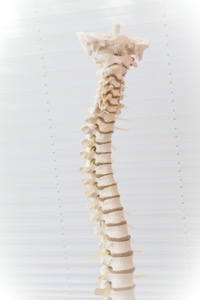
Spinal stenosis occurs when there is a narrowing of the spinal canal, which compresses the spinal cord and nerves. This medical condition often results in severe symptoms and a profound effect on those afflicted.
The condition can limit one’s ability to work or carry out normal daily activities and may result in permanent disability. Seeking disability benefits for spinal stenosis can be a lengthy, frustrating process.
Denial of Spinal Stenosis Disability Claims – Long Term Disability Insurance
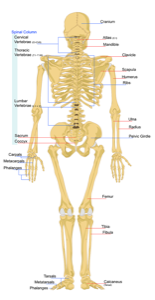
A spinal cord injury and disability can be devastating, but it does not have to ruin your life financially. You may be entitled to private or employer-sponsored disability insurance.
A spinal cord injury disability occurs when someone suffers from the loss of function, mobility or feeling in the body. As a victim of spinal cord damage, you have much at stake. It is likely you are rendered disabled to some degree, if not entirely. Some who suffer from back and spine disorders can continue working, but many lose their ability to function in the workplace altogether.
The spine, also called the vertebral column or the spinal column, is a collection of flexible bones that surround the spinal cord. The spinal cord is the bundle of nerves that extend from the base of the brain down the center of a person’s back, to the waist. Nerves within the spinal cord carry nerve impulses – messages – to and from the brain to the rest of the body.